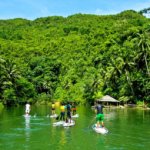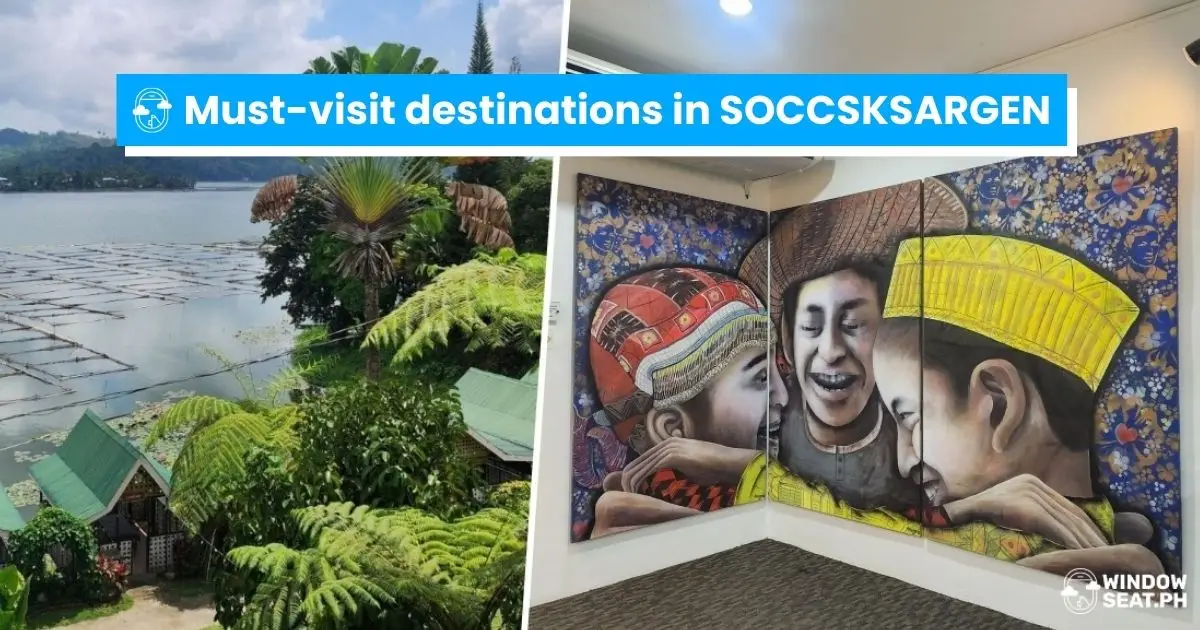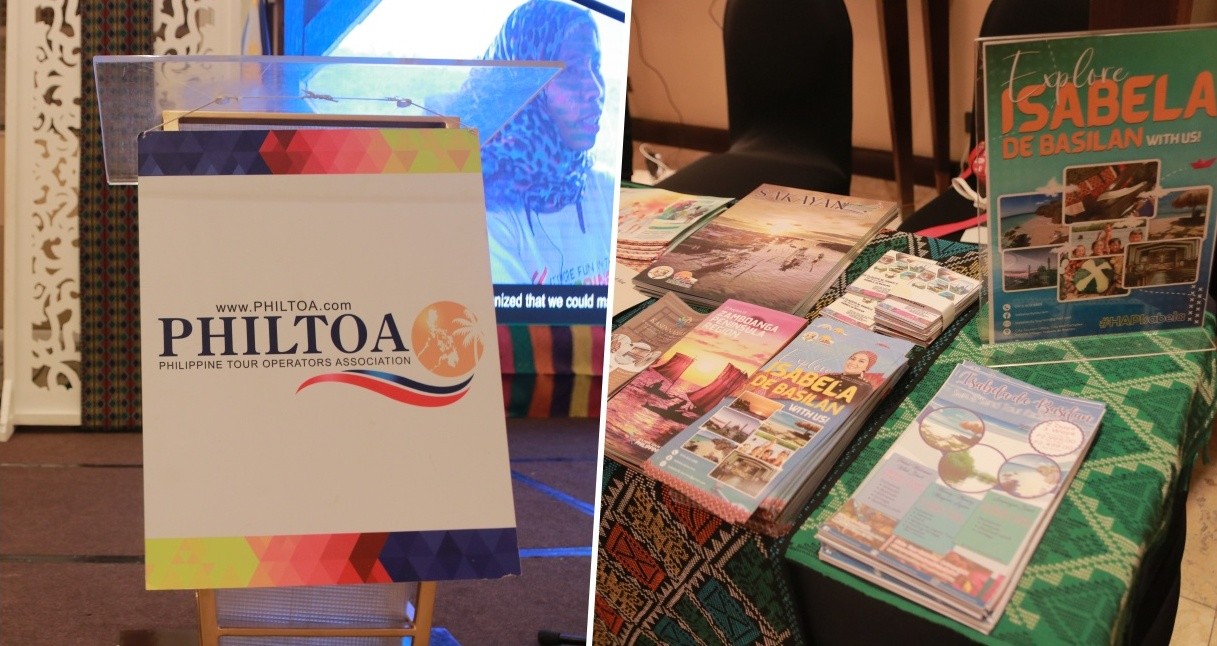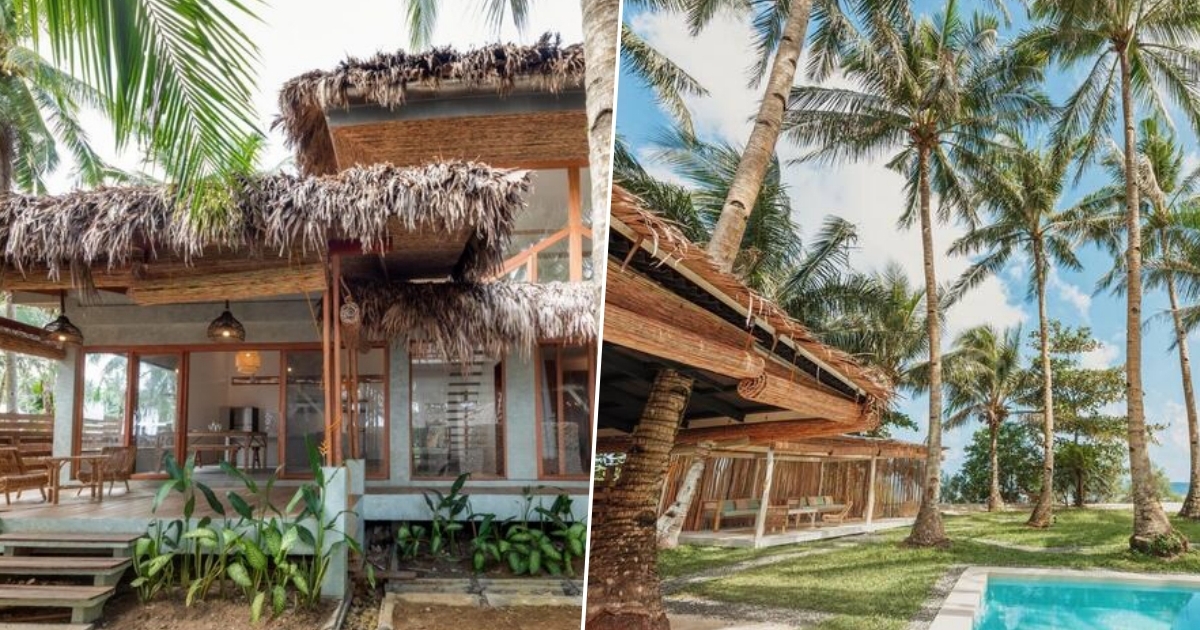Bright as the South: Scenes from the 2016 T’nalak Festival
Festival highlights!
by Kara Santos | July 27, 2016
[article_carousel images=”http://windowseat.ph/wp-content/uploads/2016/07/01.jpg, http://windowseat.ph/wp-content/uploads/2016/07/02.jpg, http://windowseat.ph/wp-content/uploads/2016/07/03.jpg, http://windowseat.ph/wp-content/uploads/2016/07/04.jpg, http://windowseat.ph/wp-content/uploads/2016/07/05.jpg, http://windowseat.ph/wp-content/uploads/2016/07/06.jpg, http://windowseat.ph/wp-content/uploads/2016/07/07.jpg, http://windowseat.ph/wp-content/uploads/2016/07/08.jpg, http://windowseat.ph/wp-content/uploads/2016/07/09.jpg, http://windowseat.ph/wp-content/uploads/2016/07/10-1.jpg” descriptions=”The dance competition was divided into three categories: Madal Be Lan (T’boli streetdancing), Kasadyahan sa Kapatagan (Christian streetdancing) and Kadsagayan A Lalan (Muslim street dancing).; A T’boli weaver from Lake Sebu dressed in a traditional costume demonstrates how T’nalak is woven for festival-goers. T’nalak is handwoven from abaca fibers and traditionally has three primary colors: red, black and the original color of the Abaca leaves. The fibers are naturally dyed using bark, roots and leaves.; Native bamboo huts or bahay kubo are decorated by participating municipalities to showcase their rich harvest, products and tourist spots.; The Bahay Kubo and Product Display Competition showcased the best of each town’s products and tourist attractions. The municipality of Lake Sebu sold herbs, traditional costumes, beaded necklaces, live tilapia, and even organic Lettuce Ice Cream.; Madal Be Lan showcased the T’boli culture through the artistic interpretation of folk tales through dance.; The Kasadyahan sa Kapatagan celebrated the region’s bountiful harvest of the province’s Christian farmers. South Cotabato is home to one of the biggest pineapple plantations in the country.; Kadsagayan A Lalan highlighted the colorful culture and Muslim dances of the Maguindanaoan tribe.; The annual festivity drew hundreds of locals and balikbayans to the province. Week-long celebrations were held in the provincial capital of Koronadal City, an hour away from General Santos City.; Different restaurants and towns set-up booths in the Food Garden showcasing unique cuisine. A traditional T’boli meal included rice packed in menge leaves, roasted chicken, chicken cooked in bamboo, native coffee and forest wine.; The whole stretch of Alunan Street was closed to make way for festival-goers. The whole stretch of the T’nalak Strip was estimated to have housed around more than 200,000 people during the festival.”]
Mention South Cotabato and the image of the T’nalak immediately comes to mind. This beautiful textile woven by women of the T’boli tribe from abaca strips, has come to symbolize the blending of culture, strength and unity of the various ethnic groups living in the province.
The main festival highlight was the street dancing parade and showdown competition representing the region’s Tri-People: the T’bolis, the Christians and the Muslims.
The T’nalak Festival honors this cultural symbol while showcasing the province’s natural bounty, and its vibrant culture and traditions. The festival, held every July, coincides with the establishment of South Cotabato as a province.
This year marked the 50th Founding Anniversary of the province and 17th T’nalak Festival, so celebrations were extra grand.
Check out a few scenes from the T’nalak Festival 2016.
Words and Photos by Kara Santos of Travel Up.









